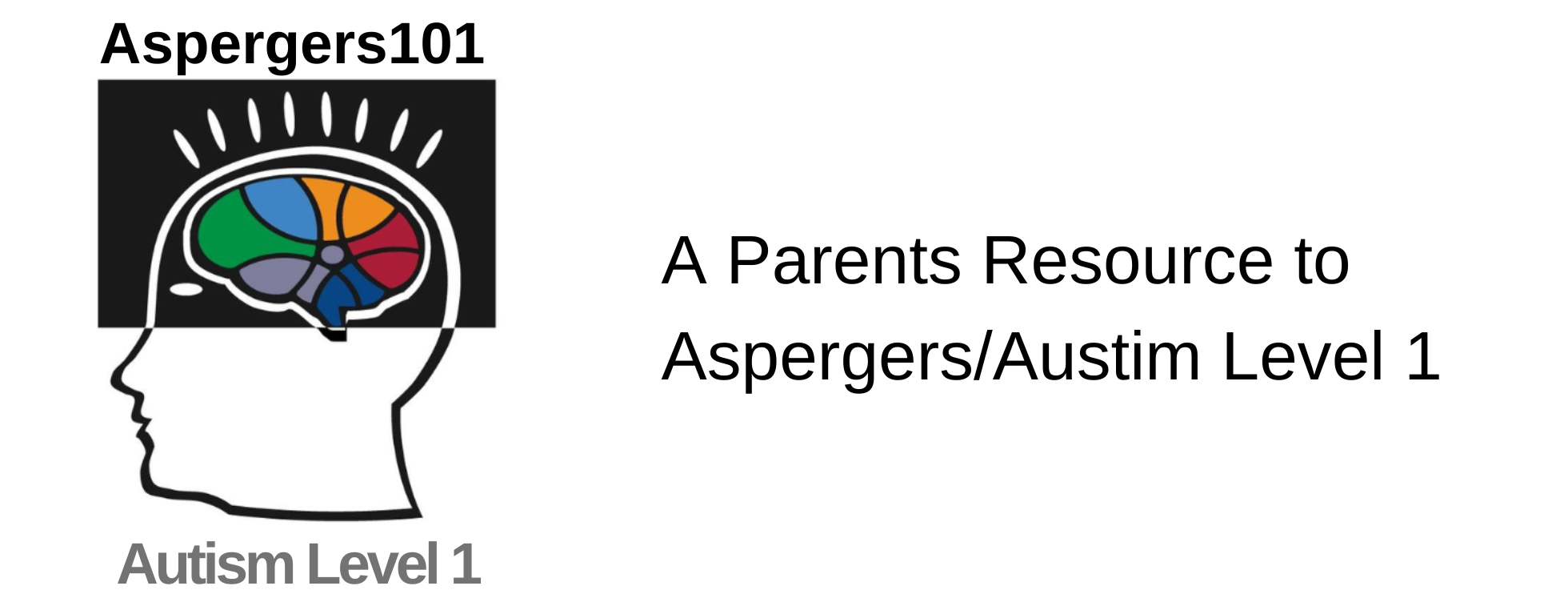It is useful to think of emotions as releasing energy in the body. When something amuses us it produces a broad smile, the sound of laughter perhaps, but always movement in the body.
(Note: there is purposely no audio with the above video)
Here we can see that Jennifer at first tries to contain the signs of her amusement. She tries to keep the funny thought to herself as she listens and a slight tight-lipped smile forms on her lips.
It is difficult to see, but there is a tiny flare of the nostrils as she fights to resist showing her amusement.
Her gaze goes into the middle distance as she is no longer focusing on me, but is thinking about what has been said. Although she might want to move on to the next topic in our discussion, she can’t help but reflect on the funniness of the collection of words I’ve just read out to her.
Then as she can’t contain the energy, she raises her shoulders, closes her eyes and tucks her chin in, before looking at me with frank amusement on her face.
Closing the eyes can be a very negative sign, when for example someone has been given bad news. However, here it is a sign of her attempt to gather her emotions, before surrendering to the humor of the situation and displaying her response in a big smile.
Signs to note
- starts to think and gaze in the middle distance
- a slight smile with tight lips
- closes her eyes
- tucks in her chin
- raises her shoulders
- raises her head, revealing a broad smile
By: John Habershon
Dr John Habershon has spent many hundreds of hours conducting in-depth interviews during his career in consumer and social research. Over the last eight years he has analysed the nonverbal responses captured on video on a wide range of topics, ranging from favorite products and advertising on TV, to bereavement and stress at work. He became involved in work for those on the autism spectrum through friends with Asperger’s in the family and has created Emotions Reader, (https://vimeo.com/ondemand/readingemotionssystem) an interactive program with quizzes to help users identify facial expressions. John has a long standing interest in understanding emotions, having gained his PhD on the psychological effects of unemployment at Imperial College, London University. He has been elected a Fellow of the Royal Society of Arts. http://www.momentumresearch.co.uk/


